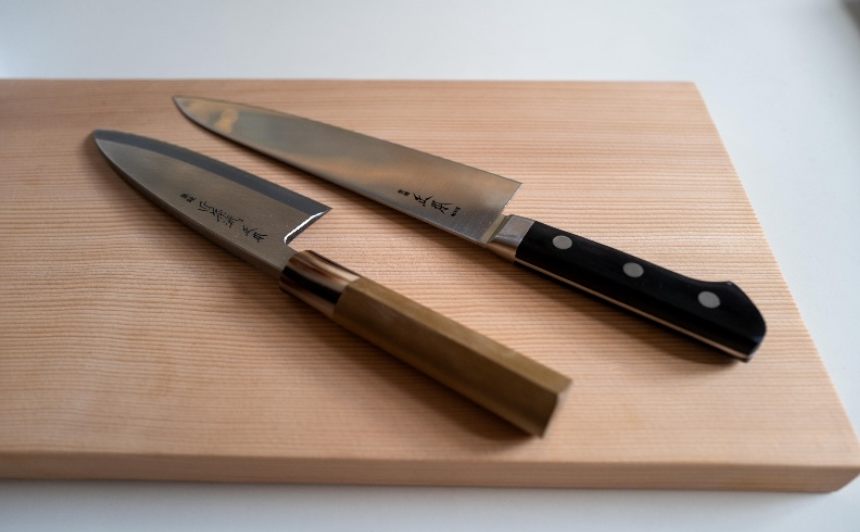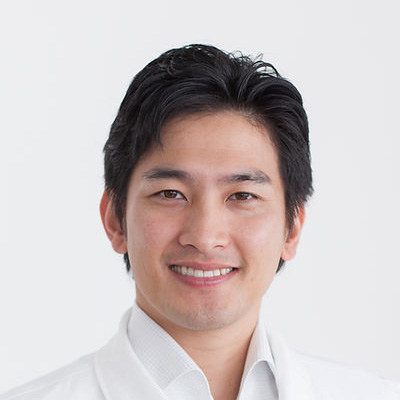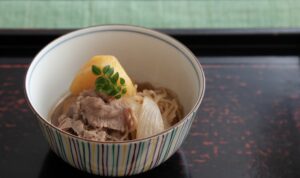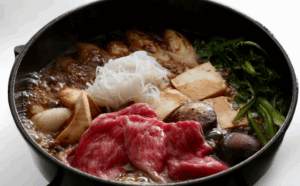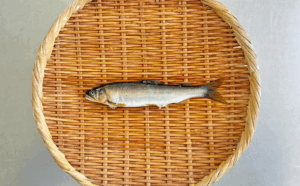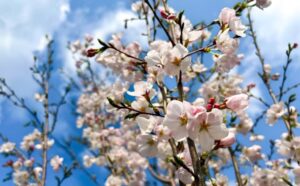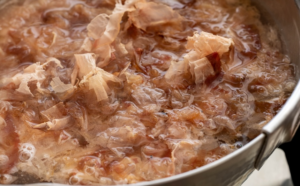Have you ever wondered how you can polish your Japanese cooking skills?
Or maybe you’ve wished you could at least slice sashimi a little more neatly?
If so, I really recommend giving a Japanese knife (called ”wabocho”) a try—it can sharpen (no pun intended!) your skills in this area.
In Japan, generally we’ve got two types of kitchen knives: Japanese knives and Western knives. Each version has its own pros depending on the ingredients and their purposes. The local version is great for filleting fish, creating beautifully sliced sashimi, or making decorative garnishes like katsuramuki (thinly peeling daikon radish).
These are all key techniques you’d want to learn in Japanese cooking, and the right tools can sure help you achieve more stunning, flavorful results!
“Differences between Japanese and Western Knives”
These days, Western-style knives are quite common in Japanese home cooking. But if you like regional dishes, traditional Japanese knives are still a go-to.
The main differences come down to the shape of the blade, the materials they’re made of, and how you hold them.
Blade Shape of Japanese knives and Western knives
For blade shape, Japanese knives usually have a single edge, known as “kataba,” while Western knives feature a double edge called “ryoba.” Both styles have their pros and cons. One of the big pros of Japanese knives is how sharp they are. That single-edged blade has a sharper angle, making it sharper than the double-edged version.
Sharp knives chop up vegetables and meats neatly, and prevent unpleasant smells and scums from coming out of your ingredients. So, this is how you can taste the difference using a sharp knife instead of a dull one.
Plus, what’s great about Japanese knives is how well they cut raw fish. The blade has a special bevel on one side called “shinogi,” and it’s perfectly angled to slice through fish flesh.
Easy Fish Cutting with a Japanese Knife
If designed for a right-handed person, a Japanese knife features a 1- to 1.5-centimeter- (or 1/4 to 3/5-inch-) wide “shinogi” on the right side of the blade. To fillet the fish into three pieces, you place the knife’s shinogi on the middle bone of the fish and glide the knife along it. The sharpness of the blade helps it smoothly cut along the bone at the right angle. So there’s no need to worry about adjusting or figuring out the angle yourself. If you’re looking for an easy way to fillet raw fish, a single-edged knife definitely gets the job done.
On the other hand, Western knives don’t have “shinogi,” meaning you have to figure out the best angle to cut into fish. So, having a good set of Japanese knives really helps if you get to cut raw fish often.
But single-edged shinogi can be tricky when you’ve got big, tougher vegetables like pumpkins or Japanese radish – it tends to steer to the left when held in your right hand. So one type of knife doesn’t get everything right. It’s best to pick the right choice based on what you’re cooking.
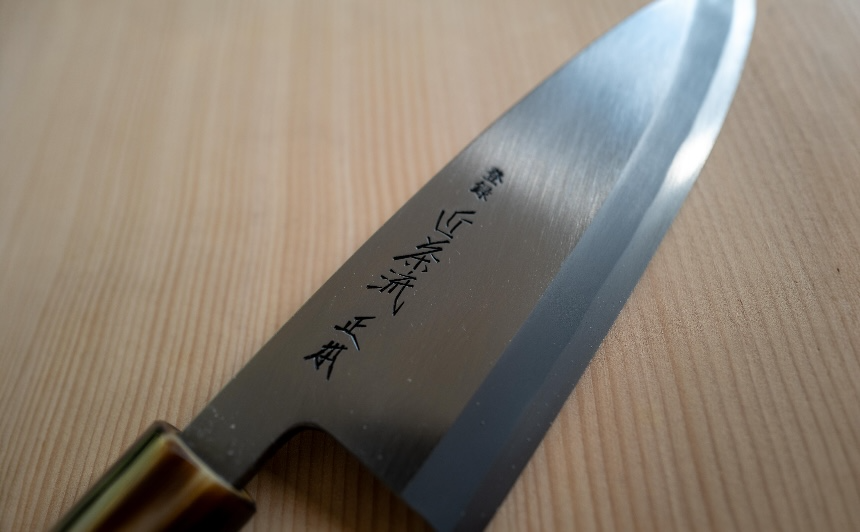
Knife Materials and Care Tips
Here’s one important thing about Japanese and Western knives – they are made from different materials. Generally, Japanese knives are made of steel, while Western knives are made of stainless steel. Steel Japanese knives have both pros and cons.
What makes steel knives great is that they are super easy to sharpen with a whetstone. If you often fillet fish, the ability to adjust the blade’s angle to your liking is a big plus, so being able to sharpen it yourself is very convenient.
On the flip side, steel blades are quite sharp, which makes them more prone to chipping. For example, when you’re cutting through tough fish bones or cracking fish heads, there’s a chance the blade can chip. If this happens, you can always sharpen it on a whetstone, but please do keep in mind that every time you do this, the blade will get smaller over time.
Another downside of Japanese knives is that they can rust quite easily. If there’s even a tiny bit of water left on the blade after you use it, rust can start forming quickly. So, it’s important to get into the habit of wiping the blade completely with a cloth right after you’re done. If you polish the blade with some abrasive powder at the end of your cooking, you can keep the rust at bay. But if you miss some spots, the rust can seep into the steel, which creates bigger problems down the line. It can leave marks, and those areas of the blade are more likely to chip.
When it comes to how easy they are to use, Western knives are the go-to since they’re made of stainless steel, which is rust-resistant. These days, you can find some Japanese knives made with stainless steel, but traditional steel knives still take the lead for their sharpness. Plus, because stainless steel is tougher, the blade tends to slip when you try to sharpen it with regular whetstones.
The Balance Talk
Finally, let’s go over the balance difference between Japanese and Western knives.
If you hold a knife in your hand, you’ll notice that Japanese knives feature their balance point closer to the blade, while Western knives have theirs closer to the handle. This slight difference makes a world of difference in how you hold them.
A closer look at a Western knife reveals a little bulge at the end of the handle. This offers you a great hint on where to grip it, and it’s usually located towards the back.
On the other hand, there’s no bulge on Japanese knives — just a smooth curve near the blade, which we call the “machi” where your fingers can easily find a good grip.
So, this means that the way you grip a knife can be quite different between Japanese and Western knives. With Western knives, you tend to grip the handle more towards the back, while with Japanese knives, you hold them closer to the blade.
The key takeaway here is to hold a knife near its balance point. Gripping it closer to that spot makes it easier to handle. It’s a rule of thumb to remember for almost all tools you might use. Holding a knife farther from its balance point makes it weigh down because of centrifugal force. But gripping closer to the balance evens it out and makes it feel lighter and easier to control.
Next time you’re in the kitchen, take a look at your knife. Try to figure out where its balance point is, and hold it closer to that spot to feel the difference — you can make cooking simpler.
Let’s remember, our hands and knives do get to come into direct contact with our ingredients — these tools deserve our care and attention.

